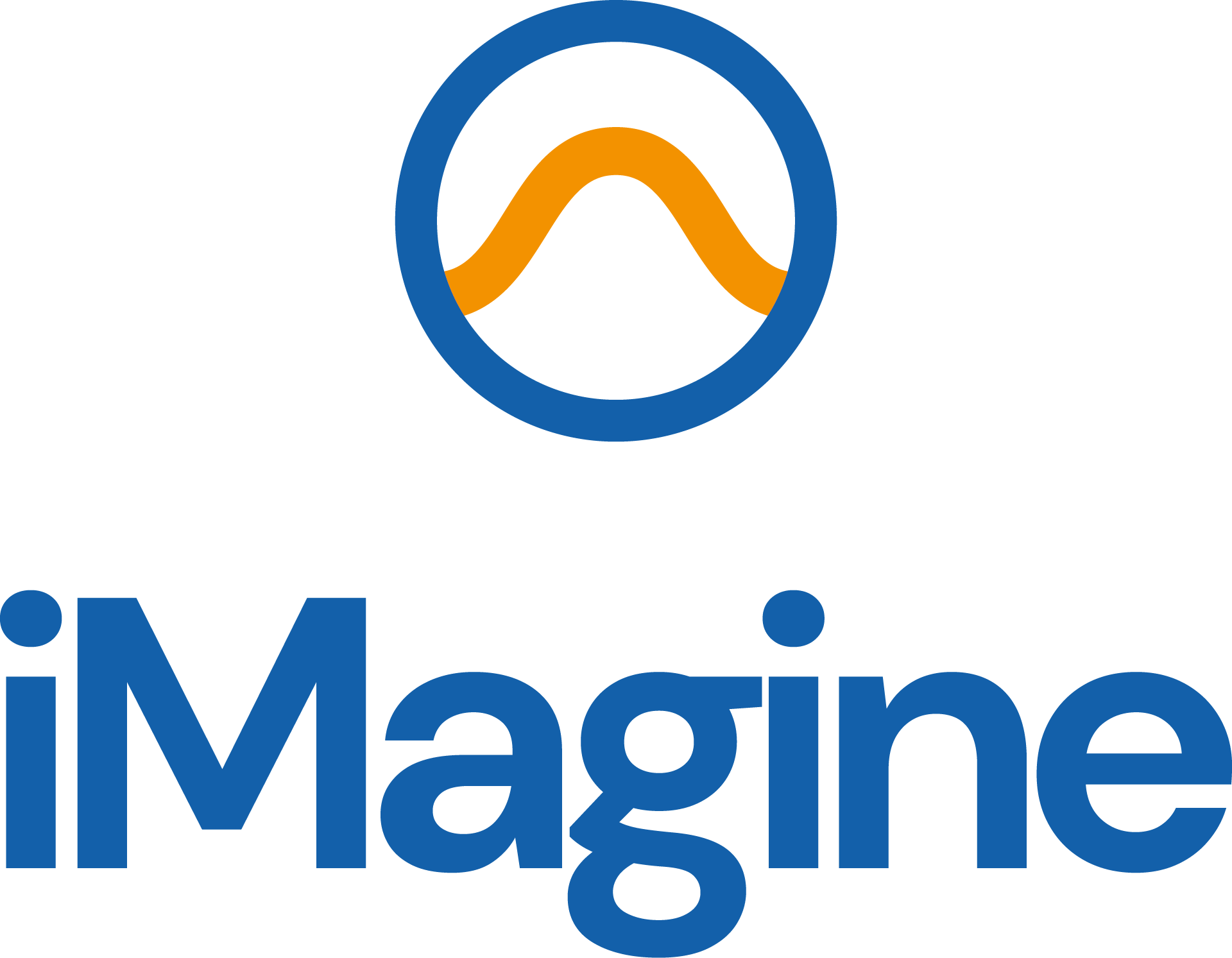Develop an AI algorithm to identify the age of a fish from an otolith image. Age data is fundamental to evaluating fish stock status as age data underpins the growth and mortality rates, as well as maturity patterns, which ultimately contribute to stock size. Age reading labs routinely read otoliths and provide data based on a subjective age reading method to the stock assessors.
Test the final AI algorithm in an image-based age reading calibration event against expert age readers and conduct a statistical analysis showing levels of precision and bias.
External Use Case
Fish Otoliths
AI for image-based age reading from fish otoliths


